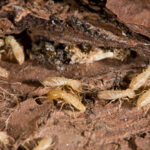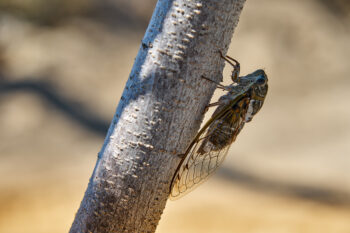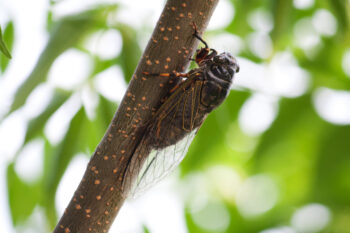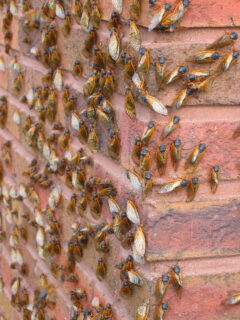Of all the crawling creatures that can invade, many people find centipedes and millipedes to be the most startling. Perhaps it is the multiple legs that seem to be going in all directions at once or the overall impression of a creature from another world. Often, people are not certain whether they are seeing a centipede, a millipede or a prop from a science fiction movie. This guide can help you determine whether your invader is a centipede or a millipede.
Commonalities Between Centipedes and Millipedes
Centipedes and millipedes are not insects, but they are members of the same phylum. Both have two antennae, segmented bodies, jointed legs, poor vision and exoskeletons. Both grow by molting, and when they are young, they will grow new body segments and legs every time they molt. Neither is known to carry diseases or cause damage to the structure they invade.
More About Centipedes
Centipedes can be up to 6 inches in length, but they can be much smaller. The varieties typically encountered in Georgia are usually yellow to dark brown; dark stripes or markings may be present on their bodies. One type that is commonly found inside homes is called the house centipede, which is yellowish-gray in color and less than 1.5 inches in length. Centipedes can have as few as 15 legs or as many as 177 legs; each body segment has one pair of legs attached. Centipedes, especially house centipedes, are known for their speed and their ability to stop and accelerate quickly.
Centipedes are carnivores, but when facing starvation, they have been known to consume plant matter. Their typical diet consists of insects and earthworms. House centipedes usually hunt at night and will feed on cockroaches, spiders, ants, termites, and silverfish. To subdue their prey, centipedes inject venom when they bite. However, humans have little to fear from a centipede bite; most people would feel pain equivalent to a bee sting and recover quickly.
More About Millipedes
Millipedes found in Georgia are usually about the same length as centipedes, but millipedes are normally brown to black in color. Millipedes have two pairs of legs attached to each body segment. They are slow-moving; compared to a house centipede, millipedes are downright lethargic.
Since millipedes are vegetarian, they do not have venom. However, because they are often preyed upon by birds, large insects and reptiles, millipedes have developed a somewhat disgusting defense system. When agitated, they produce an odorous, irritating fluid. This fluid can cause skin irritation, especially if it should be introduced into the eyes. People who handle millipedes often report that the odor lingers through several hand-washings. If you need help controlling centipedes, millipedes or other pests, contact Bug Out for prompt, professional assistance.




